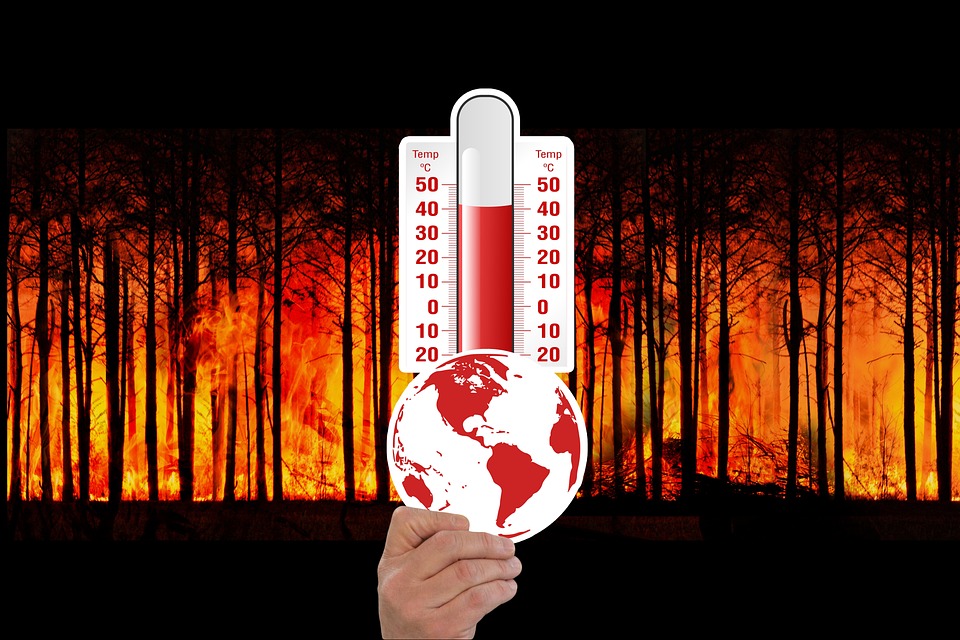What Are Three Ways in Which Clouds Affect Climate?
Clouds are a crucial component of Earth’s climate system, influencing weather patterns, temperature, and the planet’s energy balance. They play a dual role, both cooling and warming the Earth depending on their type, height, and density. Understanding this complex interplay is essential for grasping climate change dynamics.
Clouds Reflect Solar Radiation (Albedo Effect)
Reflection of Sunlight
Clouds possess a high albedo, meaning they reflect a significant portion of incoming solar radiation back into space. This reflection leads to a cooling effect on the Earth’s surface, particularly in regions with extensive cloud cover. For instance:
– Thick, Low-Level Clouds: Clouds such as stratus and cumulus are typically thicker and lower in the atmosphere, reflecting more sunlight and contributing significantly to cooling.
– Global Cooling Impact: Extensive cloud cover over oceans and polar regions, like marine stratocumulus clouds, plays a critical role in cooling the Earth’s climate by reflecting sunlight away from the surface[1][3].
Clouds Trap Heat in the Atmosphere (Greenhouse Effect)
Absorption and Emission of Infrared Radiation
Clouds act as insulators by absorbing heat emitted from the Earth’s surface and re-radiating it back down. This process contributes to warming:
– Warming Effect at Night: At night, clouds prevent heat from escaping into space, resulting in warmer temperatures compared to clear nights.
– High-Level Clouds: Thin, high-level clouds like cirrus clouds allow some solar radiation through while trapping outgoing infrared radiation, creating a net warming effect that can amplify global temperatures[2][4].
Clouds Regulate the Water Cycle and Regional Climate
Role in Precipitation and Weather Patterns
Clouds are integral to precipitation processes, influencing local and regional climates:
– Water Vapor and Rain Formation: Clouds contain condensed water droplets that can fall as rain or snow, directly impacting local weather conditions.
– Moisture Regulation: Rain cools the atmosphere and provides essential moisture for ecosystems, thereby regulating regional climate conditions[5][6].
Influence on Regional Climate Variability
Clouds also affect regional climate variability:
– Impact on Coastal and Tropical Regions: In these areas, clouds contribute to consistent rainfall patterns that support diverse ecosystems.
– Seasonal Weather Patterns: Cloud coverage influences seasonal weather phenomena such as monsoons and storm development, which are vital for agriculture and water supply[7][8].
Conclusion
In summary, clouds influence climate through three primary mechanisms: reflecting sunlight (cooling effect), trapping heat (warming effect), and regulating precipitation (impacting local climates). Their complex role underscores the importance of studying clouds in climate science to better understand and predict climate change dynamics. As research continues to evolve, it becomes increasingly clear that clouds are not merely passive elements but active participants in Earth’s climate system.

Kyle Whyte is a notable scholar and professor at the University of Michigan, holding positions such as the George Willis Pack Professor in the School for Environment and Sustainability and Professor of Philosophy. Specializing in environmental justice, his work critically examines climate policy and Indigenous peoples’ ethics, emphasizing the nexus between cooperative scientific endeavors and Indigenous justice. As an enrolled Citizen Potawatomi Nation member, he brings a vital perspective to his roles as a U.S. Science Envoy and member of the White House Environmental Justice Advisory Council. His influential research is supported by various prestigious organizations including the National Science Foundation, and disseminated through publications in high-impact journals. Kyle actively contributes to global Indigenous research methodologies and education, with affiliations to numerous institutes and societies dedicated to traditional knowledge and sustainability. Recognized for his academic and community engagement, Kyle has earned multiple awards and served in various visiting professorships. His efforts extend to leadership positions on boards and committees focused on environmental justice nationwide.
